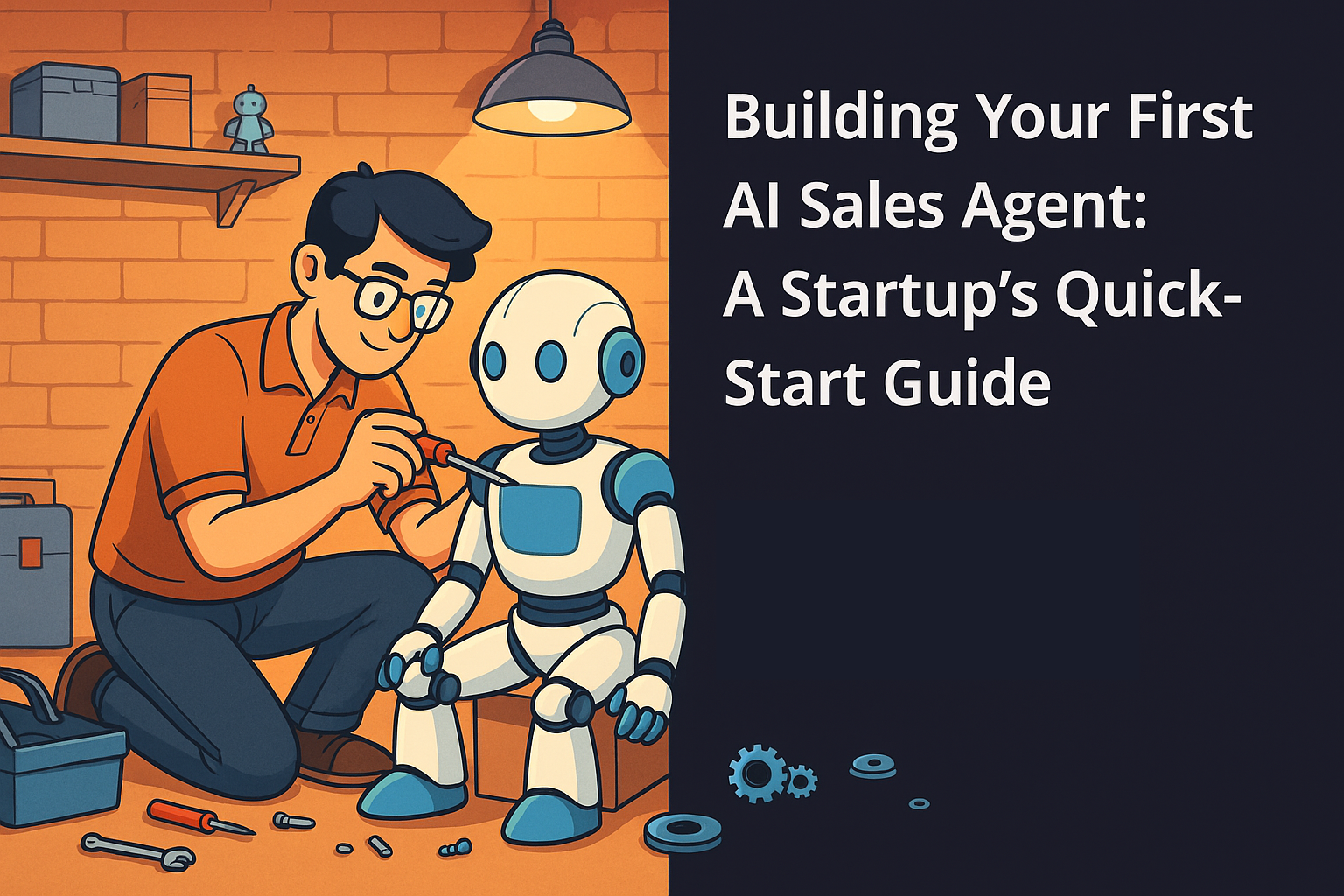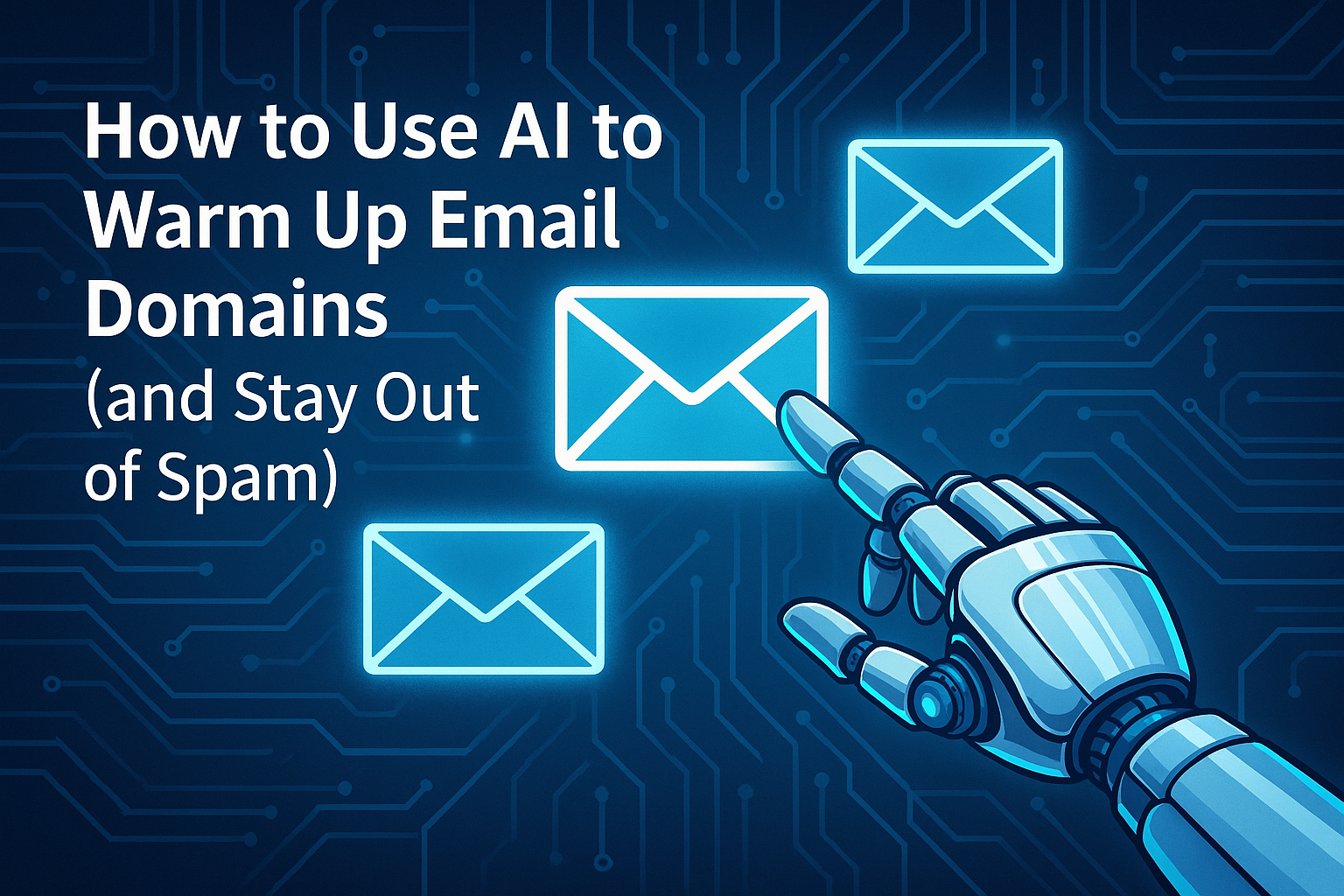In the digital age, communication is key. Whether you're running a business, managing a project, or simply trying to keep in touch with friends and family, email has become an essential tool for staying connected. But what if you could streamline this process even further? What if you could send emails automatically, saving you time and effort? In this comprehensive guide, we'll explore how to send an automatic email effectively, step by step.
Firstly, let's address the fundamental question: how? How can you automate the process of sending emails? The answer lies in utilizing email automation tools or services. These tools allow you to create predefined triggers or conditions that, when met, will automatically send out emails on your behalf. There are various email automation platforms available, ranging from simple plugins to robust software suites, catering to different needs and preferences.
To get started, you'll need to choose a suitable email automation tool that aligns with your requirements and budget. Conduct thorough research to compare features, user reviews, and pricing plans before making a decision. Some popular options include Mailchimp, HubSpot, and ActiveCampaign, each offering unique functionalities tailored to various user demographics and purposes.
Once you've selected your preferred email automation tool, the next step is to set it up and configure it according to your needs. This typically involves creating an account, connecting your email address or SMTP server, and familiarizing yourself with the platform's interface and features. Most email automation tools offer intuitive drag-and-drop editors or pre-designed templates, making it easy to create visually appealing and engaging emails.
An important aspect of sending automatic emails is defining the triggers or conditions that will initiate the sending process. This could be based on various factors such as time-based triggers (e.g., sending a weekly newsletter), action-based triggers (e.g., sending a confirmation email after a user signs up), or event-based triggers (e.g., sending a follow-up email after a webinar).
To ensure the effectiveness of your automatic email campaigns, it's crucial to personalize your messages and target them to the right audience. Utilize segmentation features provided by your email automation tool to divide your subscriber list based on demographics, interests, or previous interactions. This allows you to tailor your content and messaging to resonate with each segment, increasing engagement and conversion rates.
Furthermore, don't overlook the importance of crafting compelling subject lines and email content that grabs the recipient's attention and entices them to take action. Experiment with A/B testing to optimize your emails for maximum effectiveness, and analyze metrics such as open rates, click-through rates, and conversion rates to refine your strategies over time.
Now that you have a solid understanding of how to send an automatic email let's delve deeper into some best practices and tips to enhance your email automation efforts. Firstly, ensure compliance with applicable laws and regulations, such as the CAN-SPAM Act in the United States, to avoid legal repercussions and maintain trust with your audience.
Regularly monitor and analyze the performance of your automatic email campaigns, paying attention to key metrics and identifying areas for improvement. Adjust your strategies accordingly, experimenting with different triggers, timing, and content formats to optimize results.
Another valuable tip is to leverage the power of personalization and dynamic content in your automatic emails. Use merge tags or dynamic content blocks to insert personalized information such as the recipient's name, location, or past purchase history, creating a more personalized and engaging experience.
Additionally, consider integrating your email automation tool with other software or platforms in your tech stack, such as customer relationship management (CRM) systems or e-commerce platforms. This allows for seamless data synchronization and workflow automation, enhancing the efficiency and effectiveness of your email marketing efforts.
In conclusion, mastering the art of sending automatic emails can significantly streamline your communication processes, saving you time and effort while maximizing engagement and conversions. By choosing the right email automation tool, defining relevant triggers, personalizing your messages, and following best practices, you can create highly effective automatic email campaigns that deliver tangible results for your business or organization. So, what are you waiting for? Start automating your email workflows today and unlock the full potential of email marketing!


.jpg)


.svg)